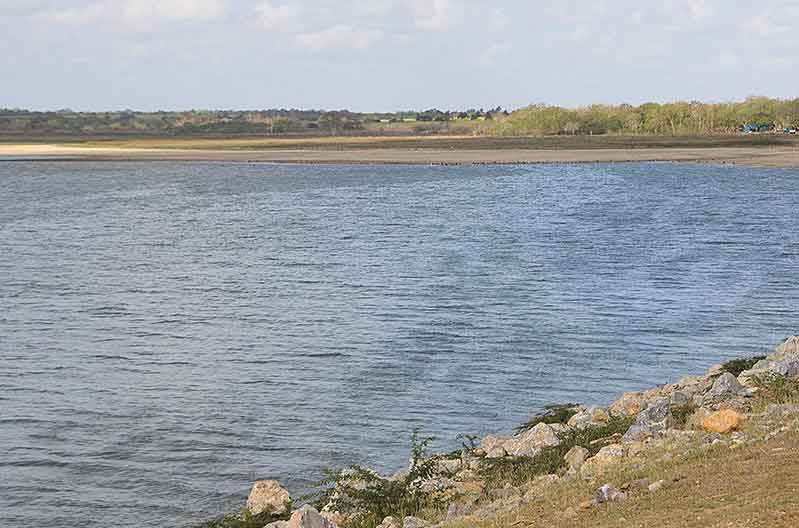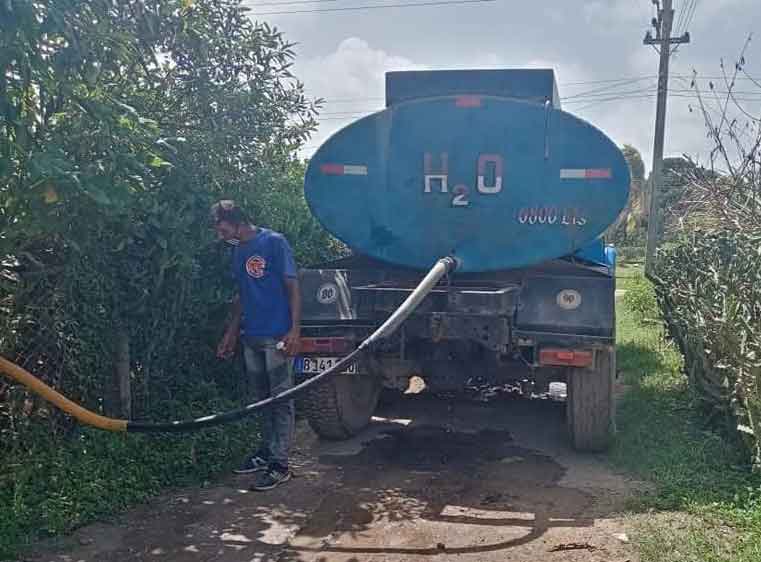
Rainfall in recent weeks has been insignificant for the reservoirs managed by the Institute of Hydraulic Resources (INRH) in the province of Las Tunas; according to its head, Mirtha García Rojas, the reservoirs are at around 22 percent of their total filling capacity.
Las Tunas, Cuba.- The possibilities of transforming this situation in the short term are minimal, taking into account that the upcoming cyclonic season will be normal to not very active, due to the occurrence of a new El Niño/Southern Oscillation event in the Pacific Ocean.
The most complex situation is registered in the municipalities of Puerto Padre and Jobabo, with six and seven percent, respectively, followed by Jesús Menéndez (13), Colombia (19), Manatí (27), Las Tunas (28) and Majibacoa (44).
Only Amancio, with the Sevilla Bypass, is at one hundred percent of its capacity.
In terms of water supply to the population, the most unfavorable circumstances are in the dams of the municipality of Jesús Menéndez, since "Copo del Chato" has 64 days of coverage, while "Juan Sáez", the one with the largest capacity in the Tunero territory, only has reserves for 76 days.

The lack of rainfall, with the consequent deterioration of the supply sources and subway basins, has lengthened the delivery cycles in the different circuits of cities and towns and caused the supply of water through tank trucks to several places.
At present, the liquid is distributed in 549 communities, with 105,428 inhabitants. Of these, the Directorate of Communal Services supplies 489 localities and 60 correspond to INRH. In the latter case, these are places affected by drought or equipment breakage.
As usual in the territory, it is necessary to maintain water-saving measures because - it is worth remembering - the land is thirsty after several years with insufficient rainfall and the little rain that has fallen in recent days filters quickly and does not run off to where the dams are located.





